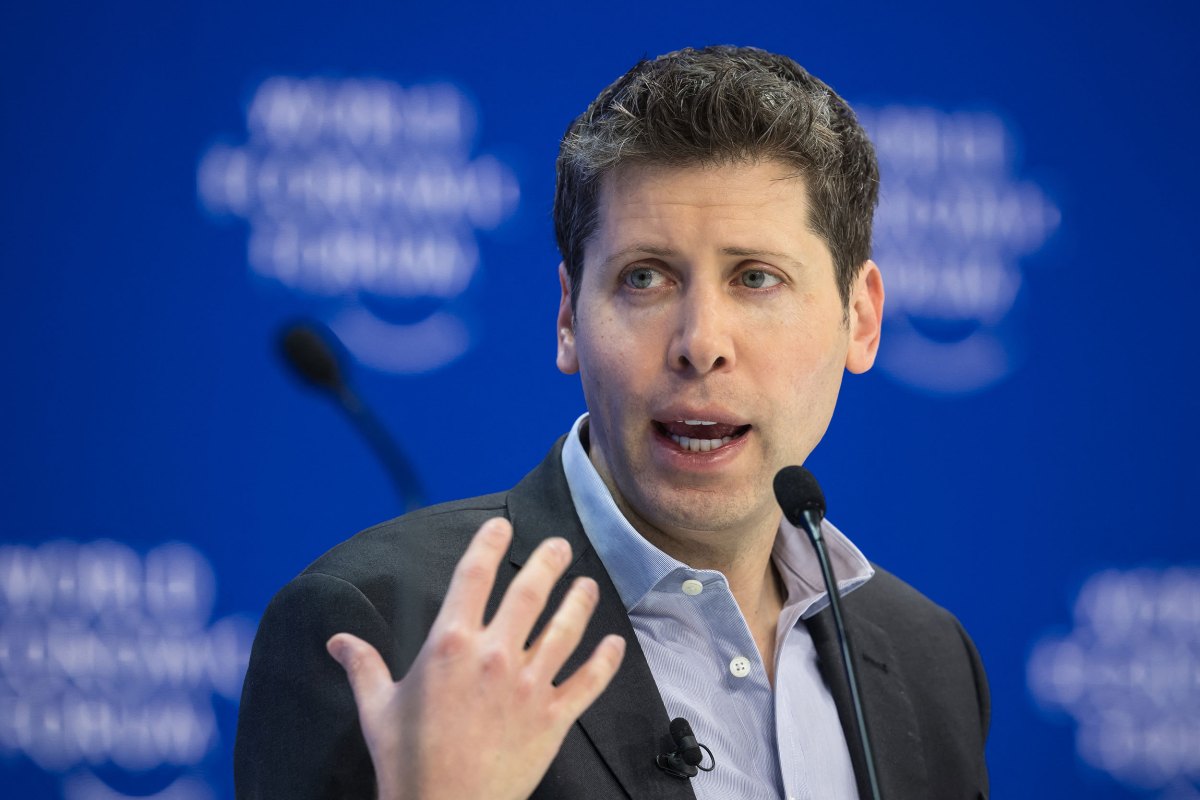OpenAI Might Modify Its Safety Measures in Response to the Emergence of ‘High-Risk’ AI from Competitors

OpenAI’s Revised Preparedness Framework
OpenAI has recently updated its Preparedness Framework, a crucial system that helps the company evaluate the safety of its AI models. This framework is pivotal for establishing the necessary precautions during both the creation and the deployment of AI systems. A notable aspect of the update is OpenAI’s plan to alter its safety requirements depending on the actions of competing AI developers, particularly if a competitor rolls out a "high-risk" model without adequate safety measures.
Response to Competition
The adjustment of safety protocols can be attributed to the intensifying competitive landscape among AI companies, which often prioritizes rapid deployment over extensive safety evaluations. OpenAI has faced criticism for allegedly lowering its safety standards to release updates faster. Recently, a group of twelve former employees supported claims against OpenAI, arguing that the company might compromise safety further due to an impending corporate restructuring.
Assurances from OpenAI
In response to these concerns, OpenAI has emphasized that any changes to its safety policies will not be made lightly. The company has stressed its commitment to maintaining safeguards at a level that is still "more protective." According to OpenAI, if another leading AI company launches a risky system lacking appropriate safeguards, they may consider adjusting their requirements. However, they would first ensure that the overall risk environment has genuinely shifted, publicly disclose any modifications made, and ensure proposed adjustments do not significantly raise the potential for serious harm.
Increasing Reliance on Automation
The revamped Preparedness Framework indicates that OpenAI is increasingly relying on automated evaluations to hasten product development. Although human testing remains a component of their evaluation process, OpenAI has developed a range of automated assessments designed to align with its quicker release schedule.
However, some sources raise doubts about the adequacy of this approach. For example, reports suggest that OpenAI provided testers with limited time—less than a week—to conduct safety checks on an upcoming major model, a notable reduction from previous timelines. Sources have also indicated that many safety evaluations are performed on older model versions prior to public release.
Debates Over Safety Standards
Despite the backlash, OpenAI insists that it is not compromising safety measures. Critics highlight several omitted requirements in the updated framework, including the removal of safety tests for finetuned models, which raises further questions about the integrity of their safety assessments.
Risk Assessment Strategy
OpenAI’s updated framework also introduces a new categorization for AI models based on risk. The company is now focusing on models that either conceal their capabilities, evade existing safeguards, resist shutdown operations, or can self-replicate. The risk assessment is divided into two primary categories: "high" capability and "critical" capability.
A model categorized as high capability could enhance existing pathways to severe harm, while a critical capability model poses unique risks that are unprecedented. OpenAI states that any model achieving high capability must have safeguards in place that significantly mitigate associated risks before they are launched. Similarly, critical capability models need to have adequate protections during their development phase.
A Significant Update
These revisions mark the first update to OpenAI’s Preparedness Framework since 2023, indicating a shift in how it anticipates and addresses safety in an increasingly competitive environment. With these changes, OpenAI aims to strike a balance between innovation-driven speed and the need for robust safety practices.
This ongoing evolution in AI safety protocols highlights the challenge of ensuring that technological advancements do not outpace the development of necessary safeguards, especially as more companies enter the rapidly expanding field of artificial intelligence.






